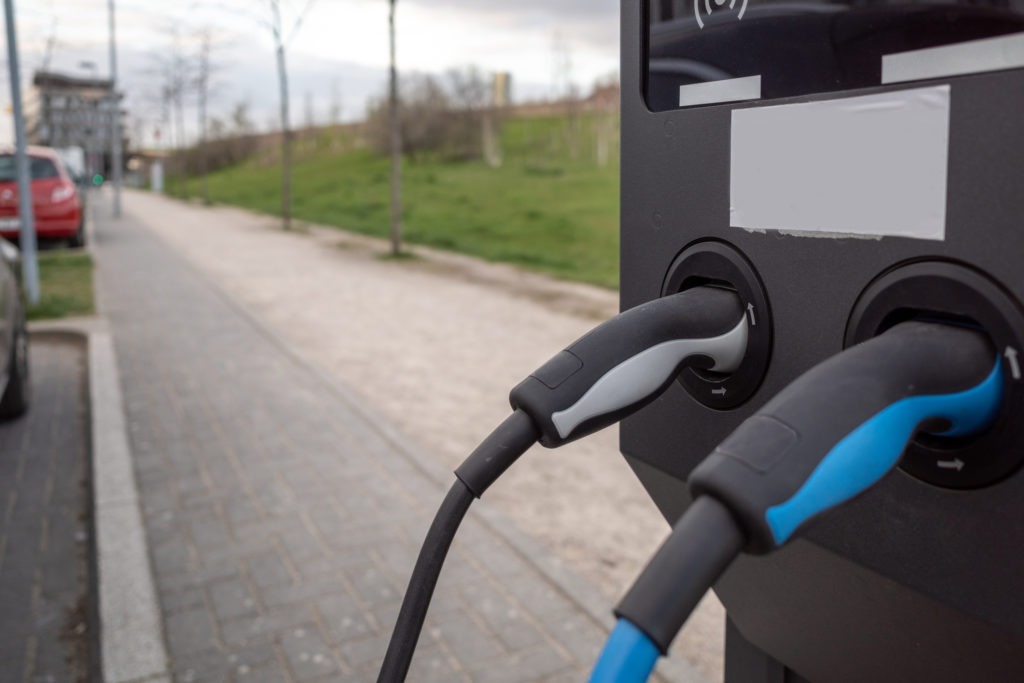A complete set of charging cables for electric cars is no longer a standard item with all models. Autovista24’s principal analyst Sonja Nehls looks at the challenges that charging cables present for electric-car drivers.
People buying an electric car for their personal use will simply purchase the cables they are potentially missing. However, with so many battery-electric vehicles (BEVs) being sold as leasing cars, via subscription schemes or other new ownership models, buying an additional cable is not always a viable option. Despite the hype, electrification is still new for most people and many are yet to drive, own or lease their first BEV. The one thing car makers need to avoid is disappointing customers and making their BEV transition anything but smooth. One way to a hassle-free experience is to include all the necessary cables with the car as standard equipment.
When Tesla announced it would no longer include the mobility connector cables for slow charging as a standard feature with its new-car deliveries in the US, it faced a major backlash online. Elon Musk explained via Twitter that ‘usage statistics were super low’ and it thus ‘seemed wasteful’ to deliver them with every Tesla. The fact that the mobility connectors are sold out on the official website suggests that customer demand is high despite the low usage.
In Europe, drivers receive both charging cables, the Mode 2 cable for household sockets and the Mode 3/Type2 cable for public slow chargers, when ordering a Tesla. There is no general approach to EV-charging solutions and the situation differs largely between brands, models and countries.
Volvo in Germany lets customers choose between either the Mode 2 or the Mode 3 cable as standard, while customers in the UK or Sweden will always receive both. Mercedes-Benz equips the EQB with a Mode 3 cable and charges €286 for an additional Mode 2 cable. Audi has a similar approach, but asks for an additional €650. The BMW iX3 or Hyundai Ioniq5 come with all cables as standard.
Peace of mind is the main thing drivers of electric vehicles need to overcome charging anxiety, which increasingly replaces range anxiety as one of the hurdles for the transition to electromobility. Once the real range of an EV reaches a certain threshold – and discussions where exactly this threshold lies can entertain car enthusiasts for hours on end – speed of charging, availability, charging-points locations, and whether these are accessible become paramount. Accessibility, on the one hand, is down to various apps and providers. On the other hand, it depends on which charging cable you carry with you.
Charging flexibility is key
‘On a recent extended test drive with the Volvo C40 Recharge I did not have the Mode 3 cable with me’, said Sonja Nehls, Autovista 24’s principal analyst. ‘That meant that none of the public slow chargers typically found in city centres etc. were available to me. At least in Germany that ruled out a lot of medium-distance destinations for a day trip, unless I wanted to add another 30 minutes at an inconveniently placed fast charger on the way back home.’
One of the reasons for the backlash Tesla faced when it revealed it would no longer include the mobility connector cable is the fear of losing charging flexibility. And this is not about charging a vehicle at home, where BEV drivers will most likely have installed a wallbox. It is also not about charging on a longer trip, where people can rely on fast chargers.
The issue lies with charging at your destination, wherever that might be, and making efficient use of your time while you are there. ‘Charging your electric car does take longer than fuelling up with petrol and ideally you can do it while running errands, meeting friends for dinner or visiting your family’ said Nehls. ‘Not having both the Mode 2 and Mode 3 cables with you will limit this flexibility and potentially reduce the time you can spend on the things you enjoy or simply have to get done.’
After-sales not always a viable option
As the owner of a BEV you will probably buy a missing cable from the car-maker’s accessory list or turn to a solution from an independent supplier. Ideally, the buyer already made an informed decision during the ordering process and was advised by a dealer or sales agent. If not, they are in for a disappointment when finding out about the missing cable. People leasing the vehicle or using it via a subscription model will not be willing on buying an additional cable. Also, a future used-car buyer will be confronted with the same situation, if the charging cables are not part of the standard equipment of the vehicle.
While Elon Musk certainly is right about usage statistics, he seems not to be taking into account how important it is for customers to know they have options, flexibility, and fall-back solutions.




 Close
Close